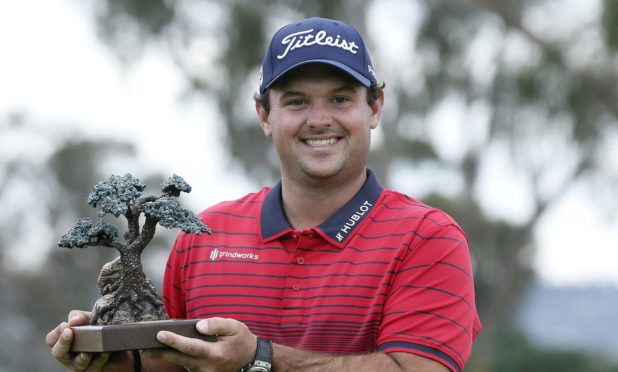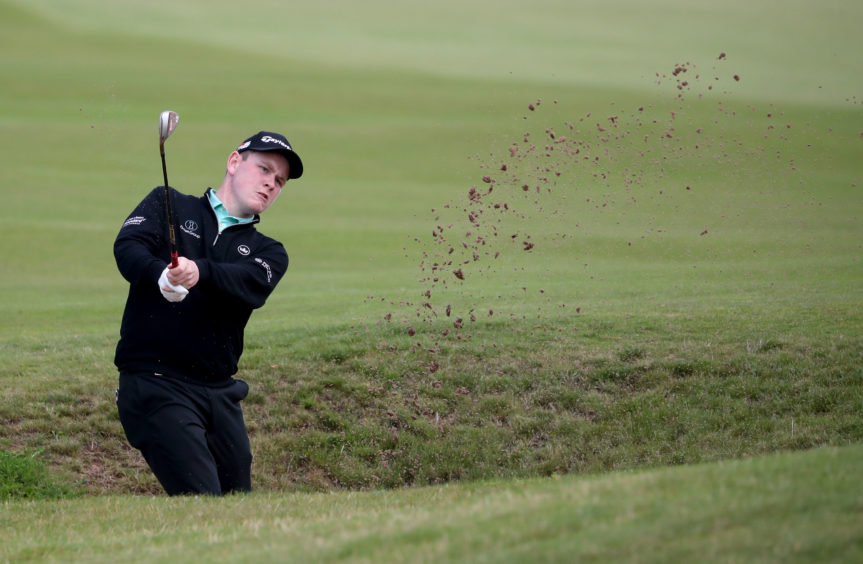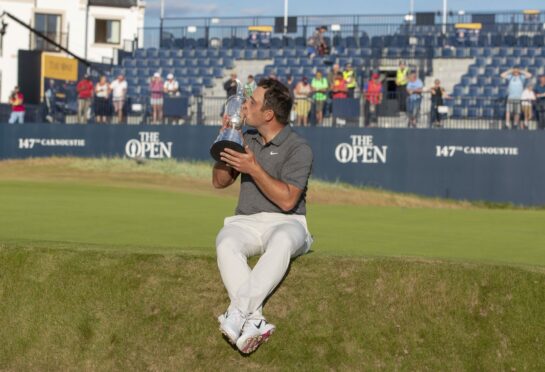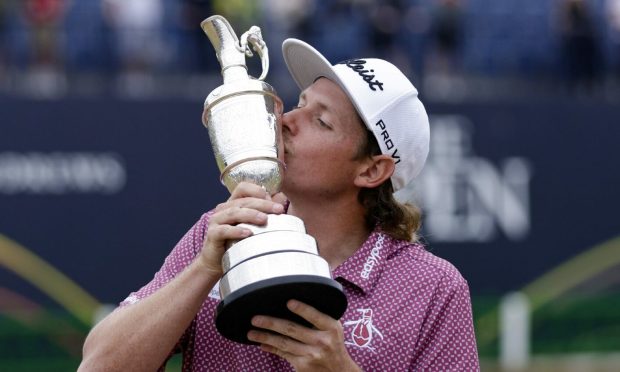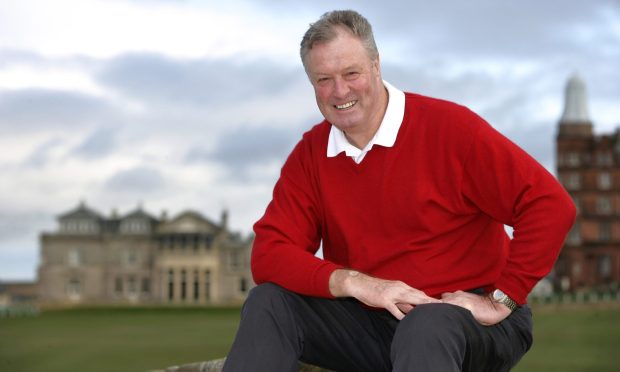The odd thing about the latest rules furore regarding the former Masters champion and villain-in-chief of golf Patrick Reed is that er…no rules were actually broken.
Yes, I was with everyone else when Reed picked up his ball, starting poking and prodding around on his allegedly embedded lie and only THEN called for a rules official on Saturday at Torrey Pines.
The “optics” were awful. No less a personage than Sir Nick Faldo on CBS’ coverage almost scoffed at a PGA Tour official’s exoneration of Reed.
Even lead commentator Jim Nantz, never known to intentionally offend anyone, seemed appalled.
The full exchange as Patrick Reed takes embedded ball relief on No. 10. pic.twitter.com/gSPH6PrAoW
— PGA TOUR (@PGATOUR) January 30, 2021
Yet it turns out that Reed was entirely within his rights, as was Rory McIlroy (who has none of Reed’s considerable rules baggage to carry around) in a “near-identical” situation later in the tournament.
‘Unwritten code’
Brandell Chamblee, the Golf Channel’s chief analyst, was almost incandescent with rage.
“There is an unwritten code which players adhere to around the golf ball,” said Chamblee on-air.
“He violated that code in so many ways that even the rules officials were stammering as to how to address it.”
Golf Channel Analyst @chambleebrandel weighs in on Saturday's Patrick Reed rules controversy. pic.twitter.com/O1wXjrEpFU
— Golf Channel (@GolfChannel) January 31, 2021
Well, they addressed it by giving Reed a complete free pass.
The rule adopted in 2019 allows players “to make reasonable judgement” when taking relief. The rules official said both Reed and McIlroy handled their similar situations completely by the book.
Indeed, under the new rules Reed didn’t have to speak to his playing partner nor indeed call for an official. He actually went further than he was required to.
So why is everyone so upset? It’s that “unwritten code” referred to by Chamblee, not just this one but all the others in golf’s crazy omerta.
There is nothing worse in golf than being called a cheat. But human nature is what it is, especially with untold riches at stake.
Almost zero expulsions at elite level
Yet no cheats are ever exposed – there’s been almost zero expulsions for cheating at elite level.
What we get is putting green gossip and Xander Schauffele – who finished behind eventual winner Reed – saying “the talk amongst the boys isn’t great”.
Or it’s Tom Watson saying gravely “we know who the cheats are” and then not actually doing very much about them.
Such is this stifling code of honour in golf that the accusation of cheating has become almost as dire an offence as the actual act.
Of course, you might want to believe the myth that by the simple playing of the game, golfers naturally have a higher standard of honour than the average sportsman (or human).
If you do, I know a Kenyan prince who’ll send you millions if you email him your bank details.
MacIntyre will win multiple big tournaments
Being Scottish, we’re inured to disappointment.
This is why there is still widespread euphoria at the rather modest feat of winning two penalty shootouts to squeeze through a pin-sized gap into the European Championships of…when (and where) are they actually being played now?
But it’s been 22 years. I actually watched every game Scotland played at their last major tournament, the 1998 World Cup in France.
Not because I’m much of a football fan, but I was covering the Compaq European Open at Slaley Hall that week, and it remains the only European Tour event ever to be completely washed out. There wasn’t much else to do.
Sunday’s final round of the Omega Dubai Desert Classic felt like the same as 1998…hope, cruelly dashed. Scotland’s new star, the left-hander Robert MacIntyre, went into the final round one back of Paul Casey, and quickly made up that stroke at the second hole.
Thereafter, however, Casey showed all the veteran cool of 14 previous tour wins while Robert’s mistakes compounded.
In the end MacIntyre shot a 74 – not a disaster by any measure – and was third. But his demeanour afterwards showed how much he’d expected better.
It was disappointing he didn’t convert, but there’s no need to be downhearted.
Top 50 opens doors
On Monday morning Robert woke to find himself into the World’s Top 50 for the first time. He’s 44th, two places above Tiger Woods, no less, and the highest-ranked left-hander in the world (Phil’s currently 73rd).
☑️ New career high ranking
☑️ In pole position to qualify for The Masters
☑️ Ahead of Tiger Woods
☑️ Officially the world's No.1 'Lefty'Happy Monday, Bob Mac! pic.twitter.com/I83ht7Y9vS
— bunkered (@BunkeredOnline) February 1, 2021
MacIntyre now has to stay there – the Saudi Invitational event this week has a field with plenty ranking points available. If Robert’s still in the top 50 come March 25, he’ll be into the Masters.
Top 50 opens doors across the golfing world, including all four majors. Add in the glowing references paid last week by Ryder Cup captain Padraig Harrington and by Casey.
Continuing to ride this vein of form for a couple of months – which really started just before his maiden win in Cyprus last year – should do the trick.
Because it’ll give him many more chances like Sunday’s. And everything we see about Robert – on and off the course – suggests he’s going to win some of these top-order tournaments.
We have a young player here who is capable of winning multiple tournaments and becoming a major star. Sunday’s disappointment is just a staging post along the way.
